Future Beauty Sites
In the ever-evolving world of beauty, technology is revolutionizing how we experience and interact with beauty products and services. Today, browsing beauty websites is a relatively passive activity, but the future holds exciting transformations. From virtual consultations to augmented reality try-ons, the future digital landscape of beauty will offer boundless opportunities for innovation and personalization. With the integration of metaverse domains like .z, these advancements will provide seamless, immersive experiences, redefining how we explore and enhance our beauty routines. Let’s compare how these features work today with how they are expected to evolve in the future.


Augmented Reality (AR) Beauty Try-Ons
Today: When browsing beauty websites today, users typically view static images of products and rely on descriptions to make purchasing decisions. Trying on makeup shades or skincare products virtually isn’t commonly available.
Future: In the future, imagine browsing a beauty website where you can use AR technology to virtually try on makeup and skincare products in real-time. This immersive experience allows you to see how products look on your skin before making a purchase, enhancing confidence and reducing uncertainty.
Virtual Beauty Consultations
Today: Beauty consultations often require visiting a physical store or relying on generic online advice. Personalized consultations are limited, and interactions with beauty advisors may not always be convenient or tailored to individual needs.
Future: Virtual beauty consultations will become commonplace, offering personalized skincare and makeup advice through video calls or live chats. Experts will provide tailored recommendations based on your skin type, concerns, and preferences, making expert advice accessible anytime and anywhere.
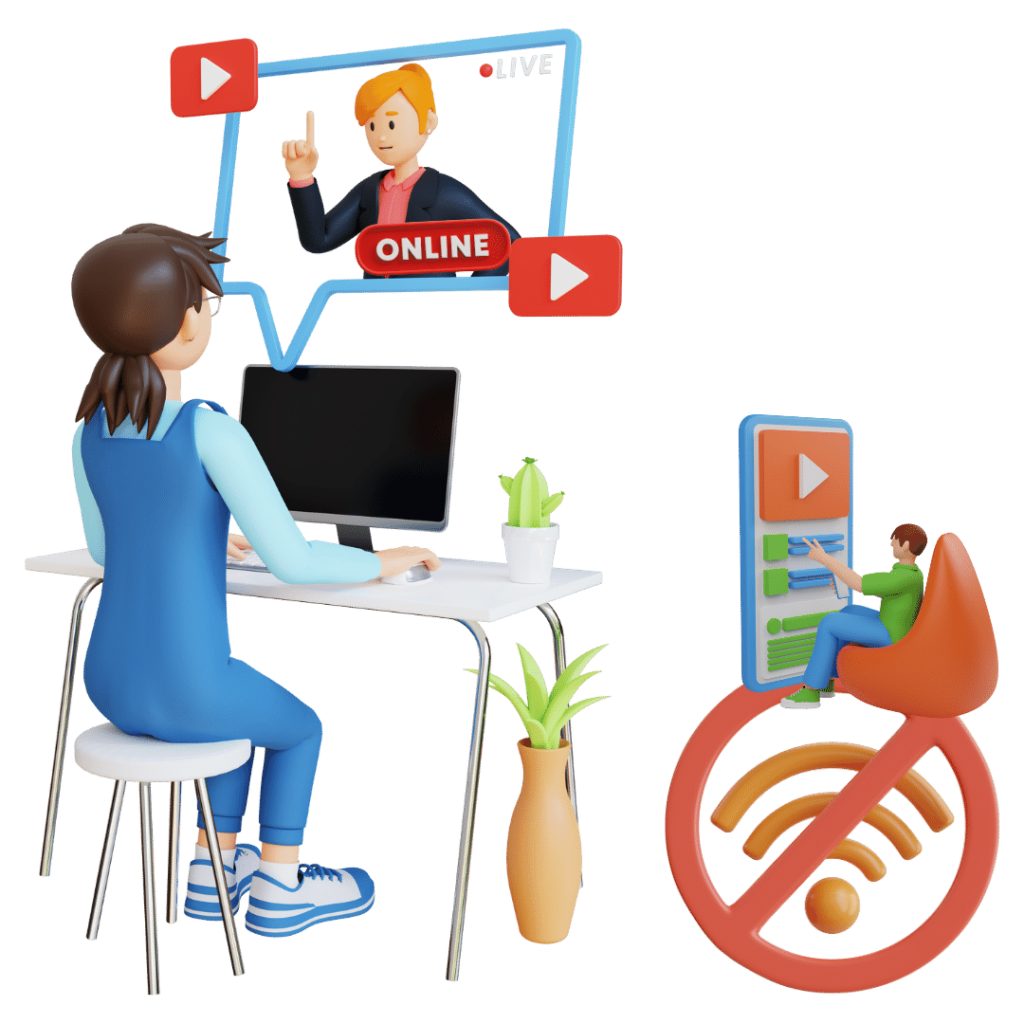

AI-Driven Customized Beauty Regimens
Today: Skincare routines are often based on generic recommendations or trial-and-error, with limited personalization. Finding products that truly meet individual skincare needs can be challenging.
Future: AI-driven customization will revolutionize skincare routines, analyzing data to create personalized regimens tailored to each user’s unique skin profile. This data-driven approach ensures that every product recommendation addresses specific concerns effectively.
Virtual Beauty Events
Today: Beauty events typically involve physical gatherings, such as product launches or workshops, limiting participation to local attendees and requiring travel.
Future: Virtual beauty events will enable global participation, offering immersive online experiences where users can attend product launches, engage in live demonstrations, and interact with industry experts from anywhere in the world. These events will foster a sense of community and excitement, enhancing engagement and accessibility.


Social Beauty Communities
Today: Beauty enthusiasts connect through social media platforms and forums to share tips and experiences, but these interactions may lack specialized focus on beauty topics.
Future: Dedicated social beauty communities on websites will provide interactive spaces where users can engage in discussions, share beauty tips, and collaborate on projects. These communities will cater specifically to beauty enthusiasts, fostering a supportive environment for learning and creativity.
Sustainable Beauty Initiatives
Today: Awareness of sustainability in beauty is growing, but options for eco-friendly products and practices may be limited or not clearly communicated.
Future: Beauty websites will champion sustainability with a focus on clean beauty products, ethical brands, and eco-friendly packaging. Consumers will have access to transparent information about product origins and sustainability efforts, empowering them to make environmentally conscious choices.

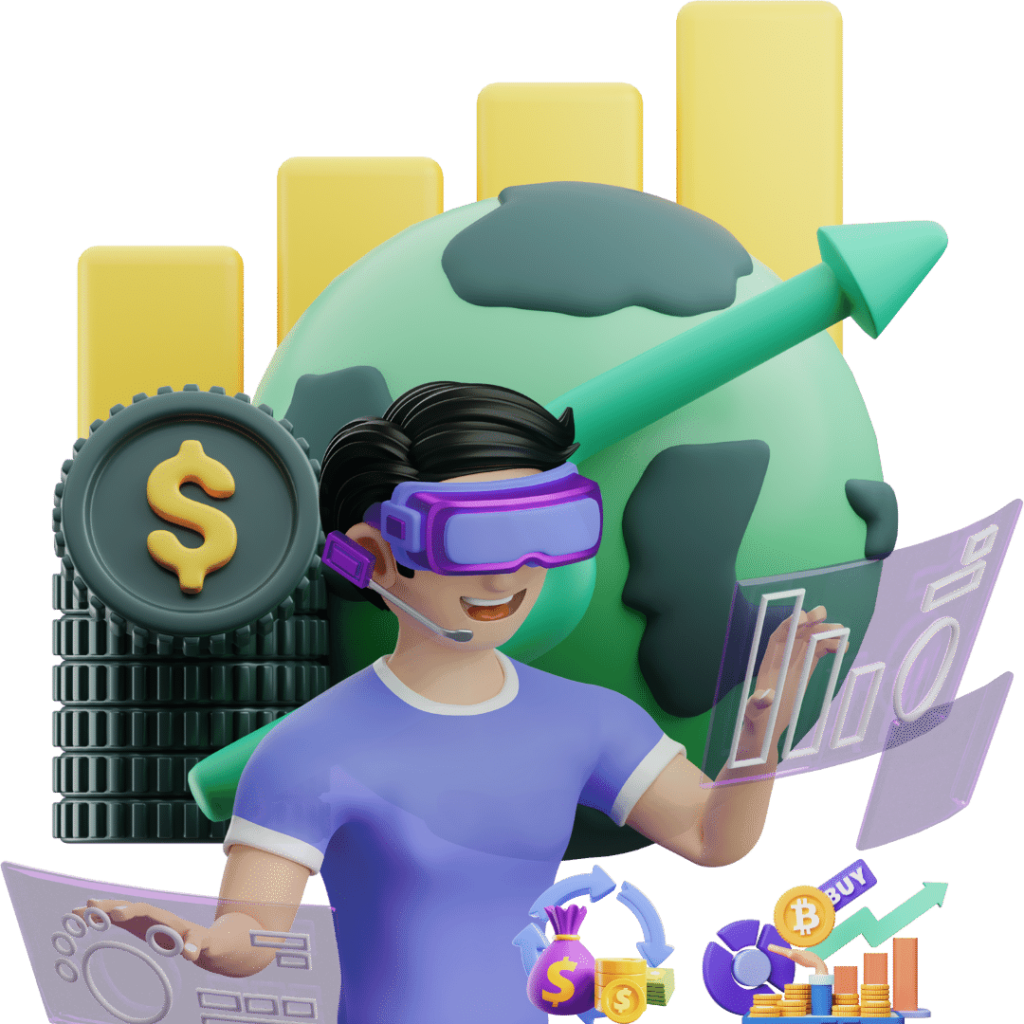
Product Visualization
Today: Online product browsing involves viewing static images and reading descriptions, with limited ability to visualize how products will look in real life.
Future: Enhanced product visualization tools will allow users to interact with products through 360-degree views and AR applications. Users can virtually try on makeup shades and see detailed product features, making online shopping more immersive and engaging.
Personalized Recommendations
Today: Product recommendations on beauty websites are often based on general trends or past purchases, lacking personalized insights into individual preferences and needs.Future: AI algorithms will analyze user data to deliver highly personalized product recommendations based on skin type, beauty goals, and preferences. This data-driven approach ensures that each recommendation is relevant and beneficial to the user’s unique profile.
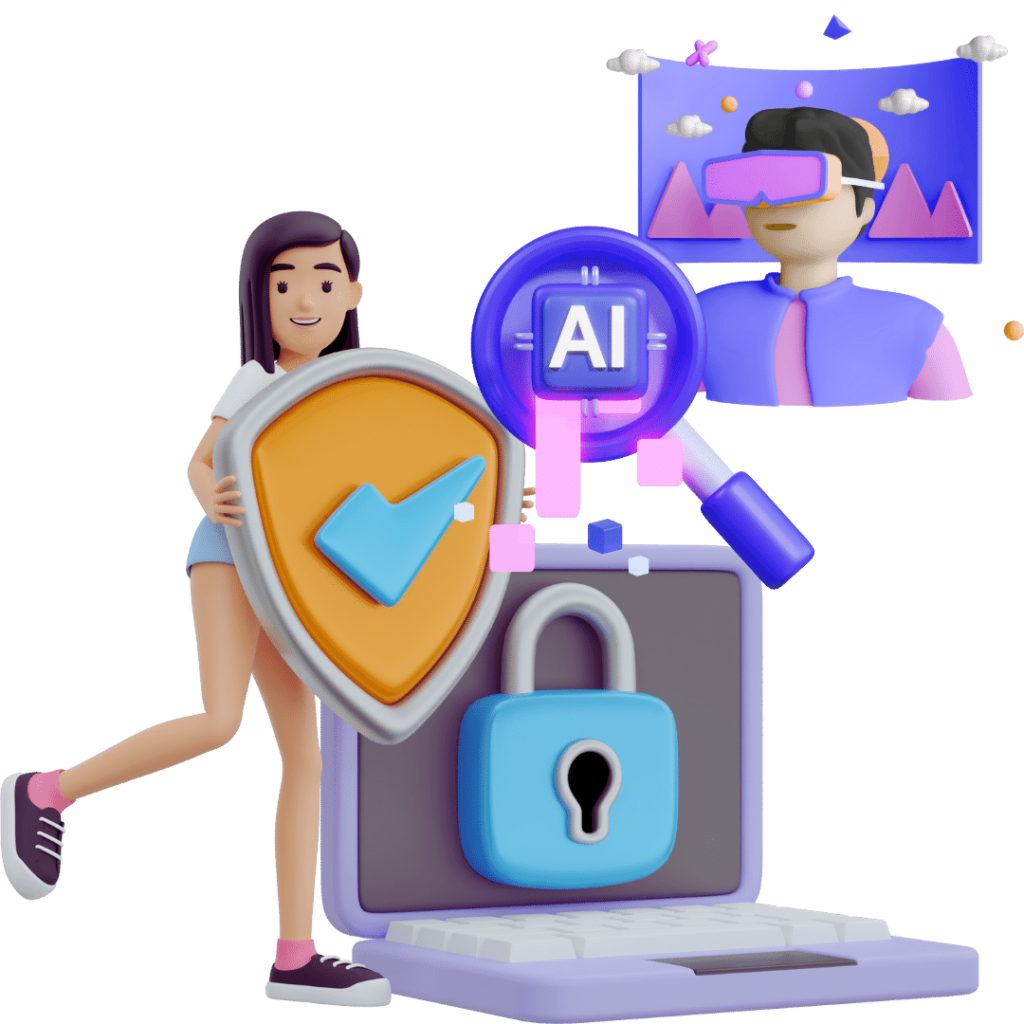
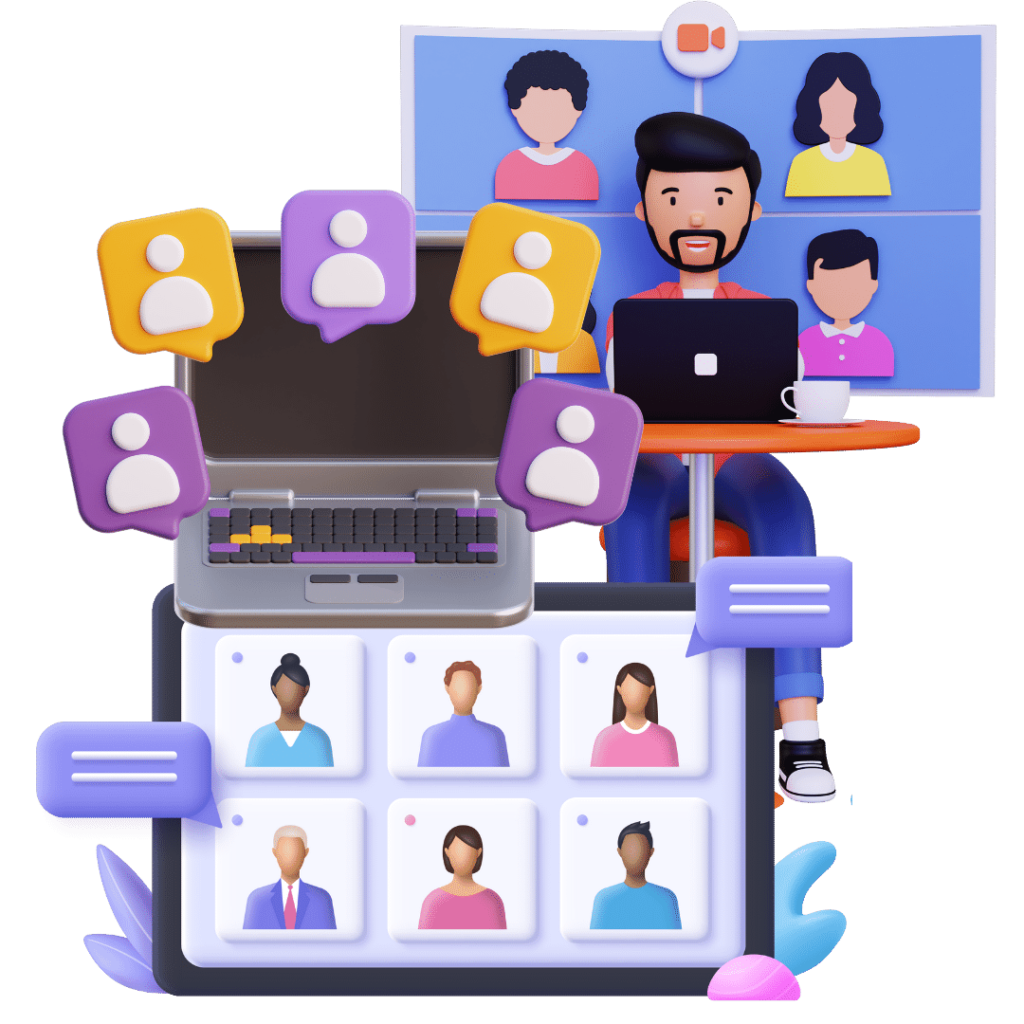
Virtual Makeup Studios
Today: Learning makeup techniques typically involves watching tutorial videos or attending in-person classes, limiting interactive learning experiences.
Future: Virtual makeup studios will offer interactive AR tutorials where users can practice and refine makeup skills in real-time. These immersive environments will provide instant feedback and guidance, enhancing learning and experimentation with different makeup looks.
Skin Analysis
Today: Understanding skin needs often involves personal assessment or consultations with skincare professionals, which may not always be readily available or accessible.
Future: Advanced AI-powered tools will analyze skin data to provide personalized skincare recommendations, helping users understand their skin type, concerns, and ideal products for effective skincare routines.
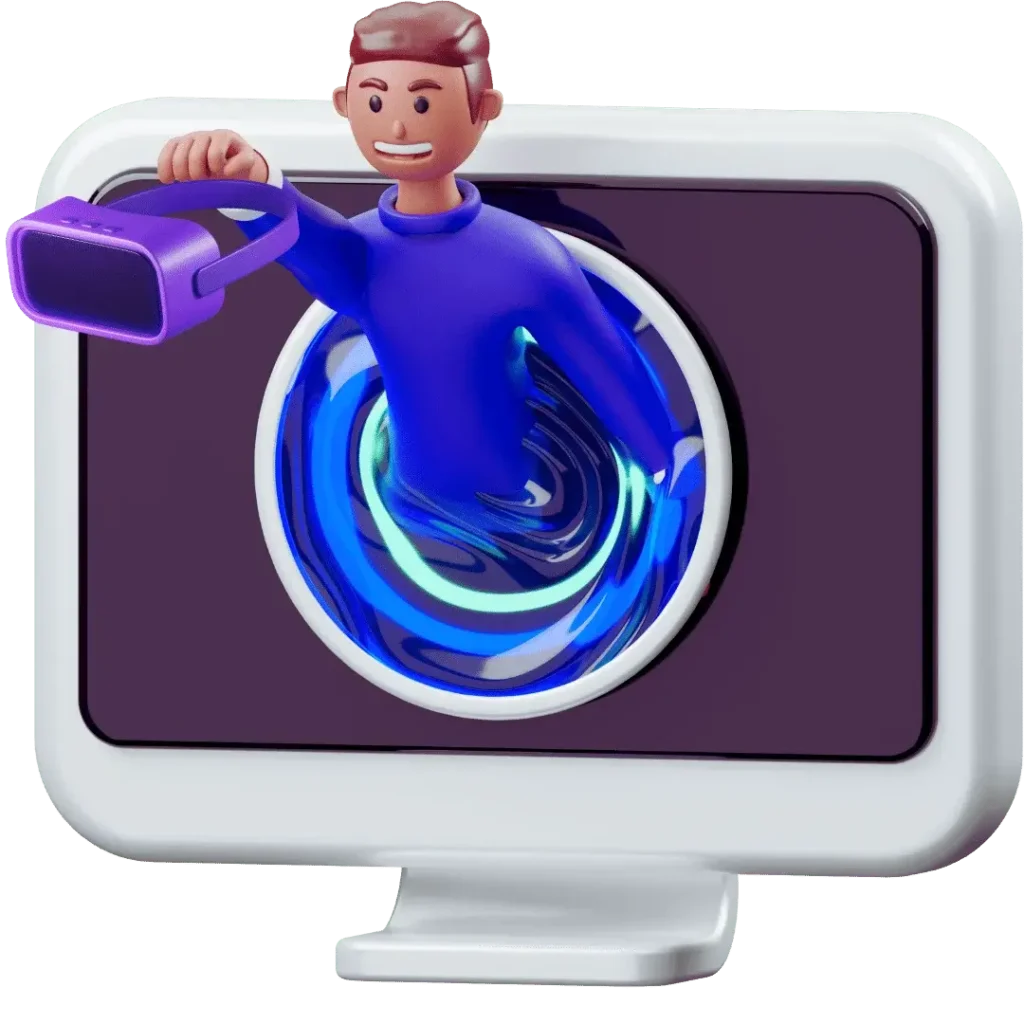

Social Beauty Communities
Today: Beauty enthusiasts connect through social media platforms and forums to share tips and experiences, but these interactions may lack specialized focus on beauty topics.
Future: Dedicated social beauty communities on websites will provide interactive spaces where users can engage in discussions, share beauty tips, and collaborate on projects. These communities will cater specifically to beauty enthusiasts, fostering a supportive environment for learning and creativity.
Augmented Beauty Advisors
Today: Accessing personalized beauty advice often involves visiting beauty counters or relying on generalized online resources, which may not always address individual needs effectively.Future: Augmented beauty advisors powered by AI will offer real-time assistance and personalized recommendations for skincare routines, makeup application, and product selection. These digital assistants will enhance the shopping experience with expert guidance tailored to each user’s preferences and goals
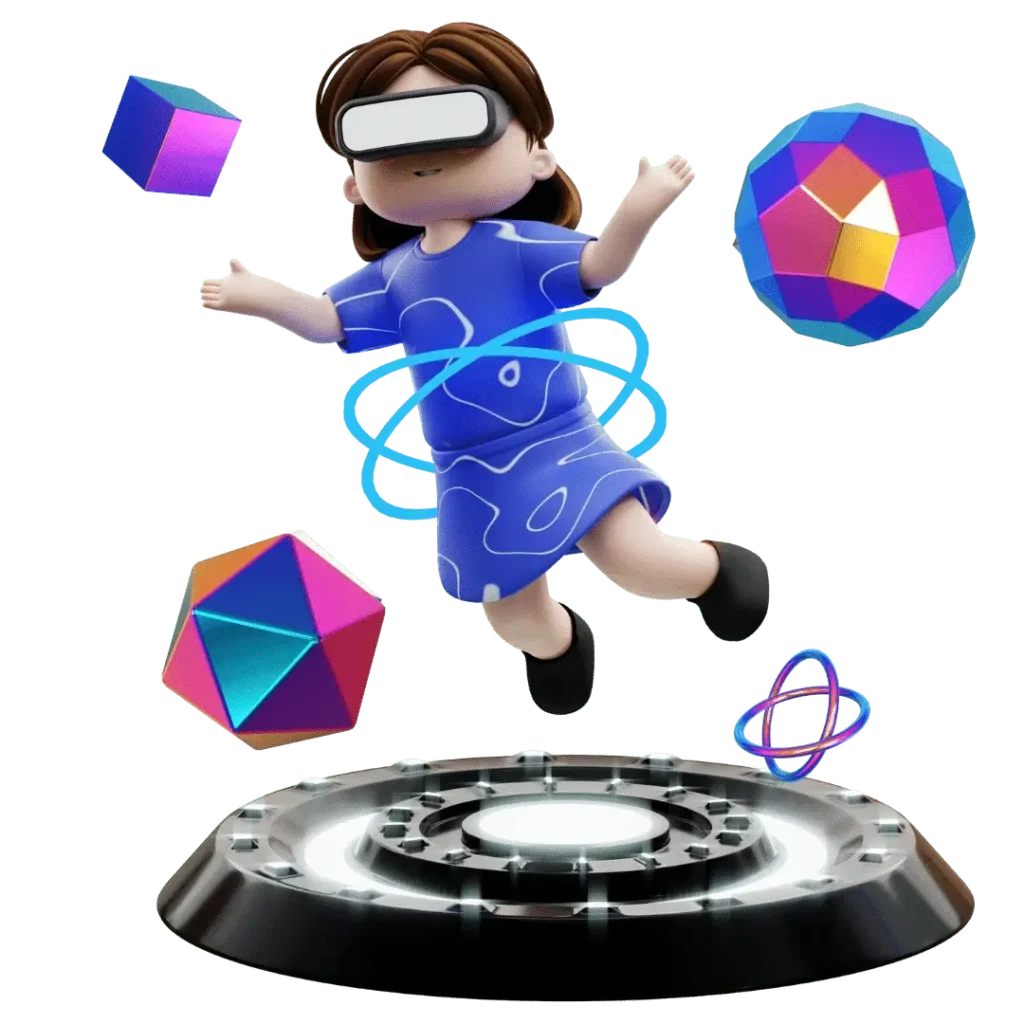

Virtual Beauty Events
Today: Participating in beauty events typically requires physical attendance at trade shows or launches, limiting accessibility for global audiences.
Future: Virtual beauty events will democratize access to industry insights and product launches, enabling global participation through interactive online experiences. Users can engage with brands, learn from experts, and explore new trends from the comfort of home.
Blockchain-backed Authenticity
Today: Ensuring product authenticity may involve trust in brand reputation or limited verification methods for online purchases.
Future: Blockchain technology will ensure transparency and authenticity in beauty products, verifying origins and ethical practices. Users can trust that products are genuine and sourced responsibly, enhancing confidence in online purchases.
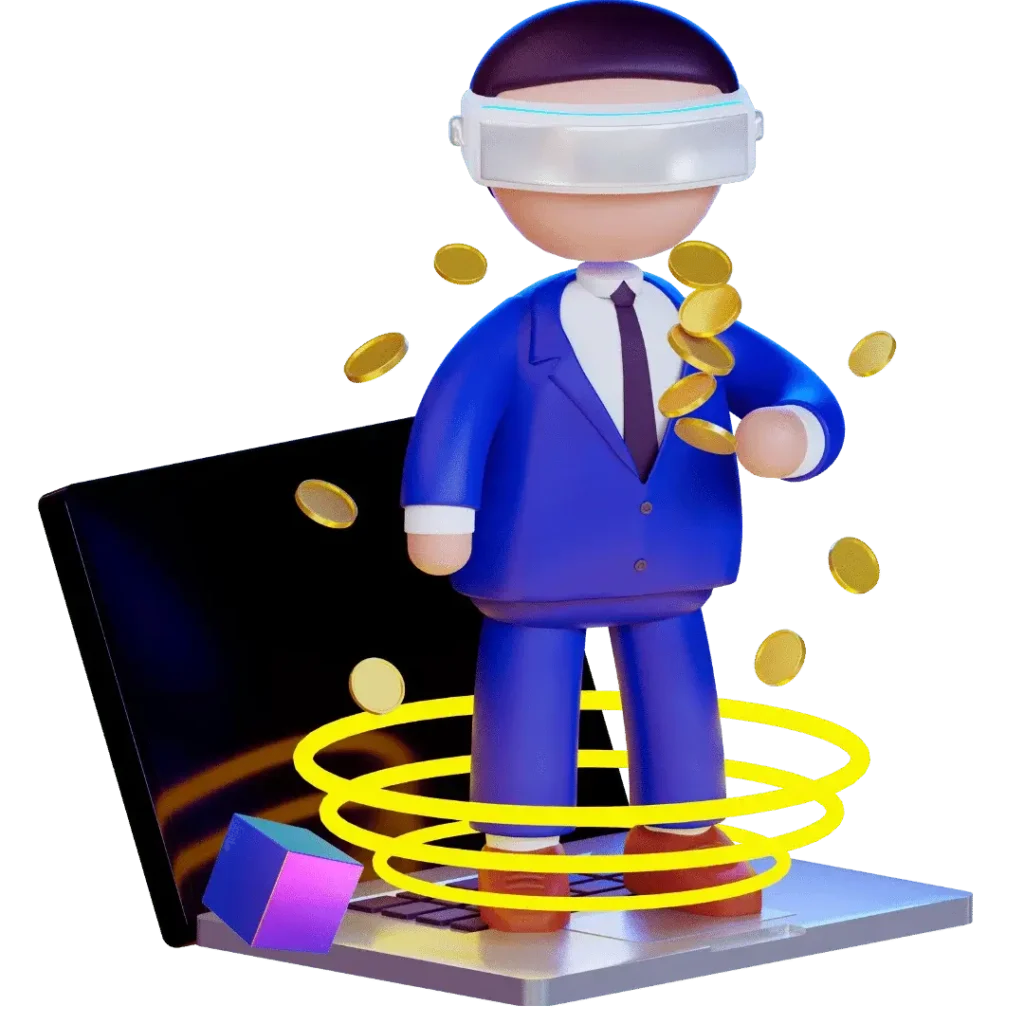
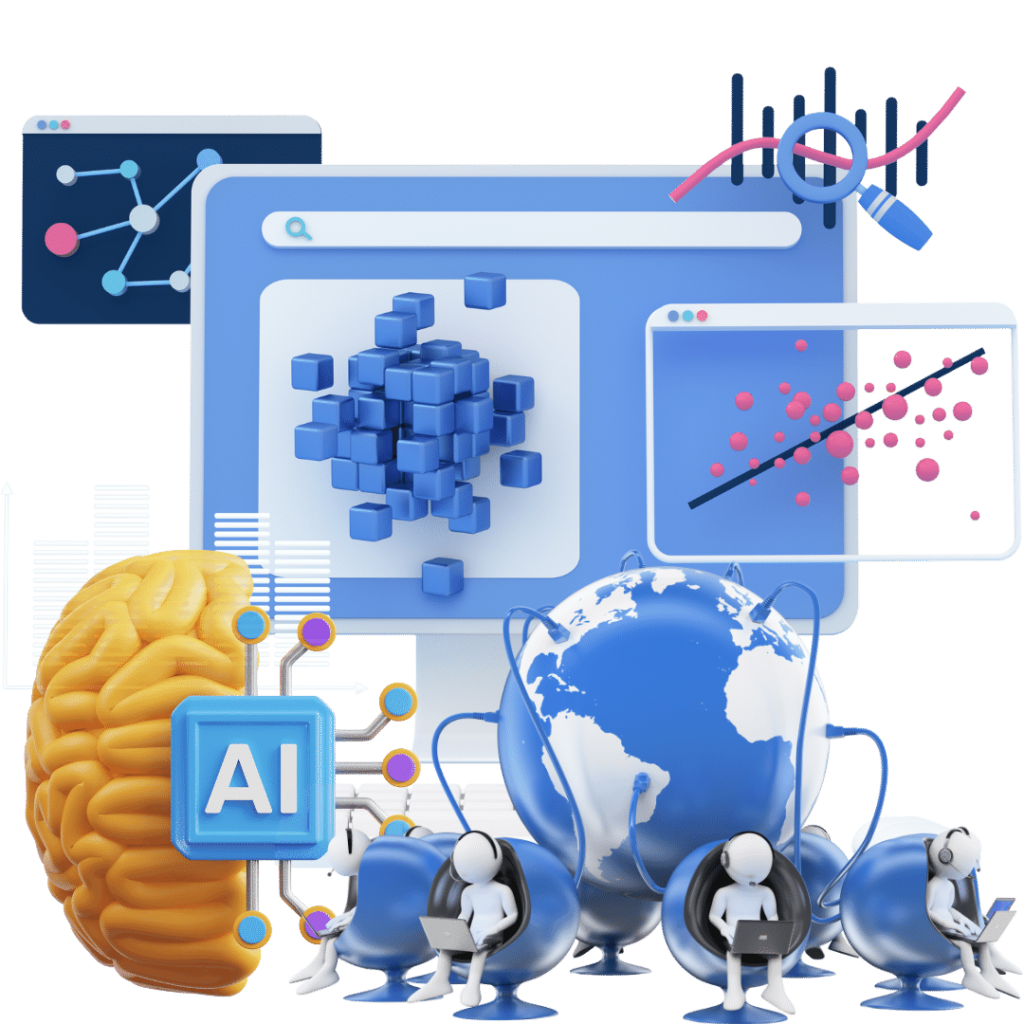
AR-Powered Tutorials
Today: Learning makeup techniques often involves watching video tutorials or following step-by-step guides without interactive features.
Future: AR-powered tutorials will offer interactive learning experiences where users can practice makeup techniques in real-time. These immersive tutorials provide visual feedback and guidance, allowing users to experiment with different styles and products effectively.
Accessibility
Today: Accessing beauty content and shopping online may present challenges for users with disabilities, such as limited accessibility features or barriers to navigation.
Future: Beauty websites will prioritize accessibility with inclusive design features and assistive technologies that accommodate diverse needs. Users of all abilities can enjoy seamless access to beauty content, product information, and virtual consultations, ensuring an equitable digital experience for everyone.


Privacy and Data Security
Today: Sharing personal information online for beauty consultations or purchases may raise concerns about data privacy and security.
Future: Beauty websites will implement robust encryption, secure authentication, and privacy settings to protect user data. Users can trust that their personal information is safeguarded during online interactions, ensuring confidentiality and peace of mind.
Sustainable Beauty
Today: Awareness of sustainability in beauty is growing, but options for eco-friendly products and practices may be limited or not clearly communicated.
Future: Beauty websites will champion sustainability with a focus on clean beauty products, ethical brands, and eco-friendly packaging. Consumers will have access to transparent information about product origins and sustainability efforts, empowering them to make environmentally conscious choices.
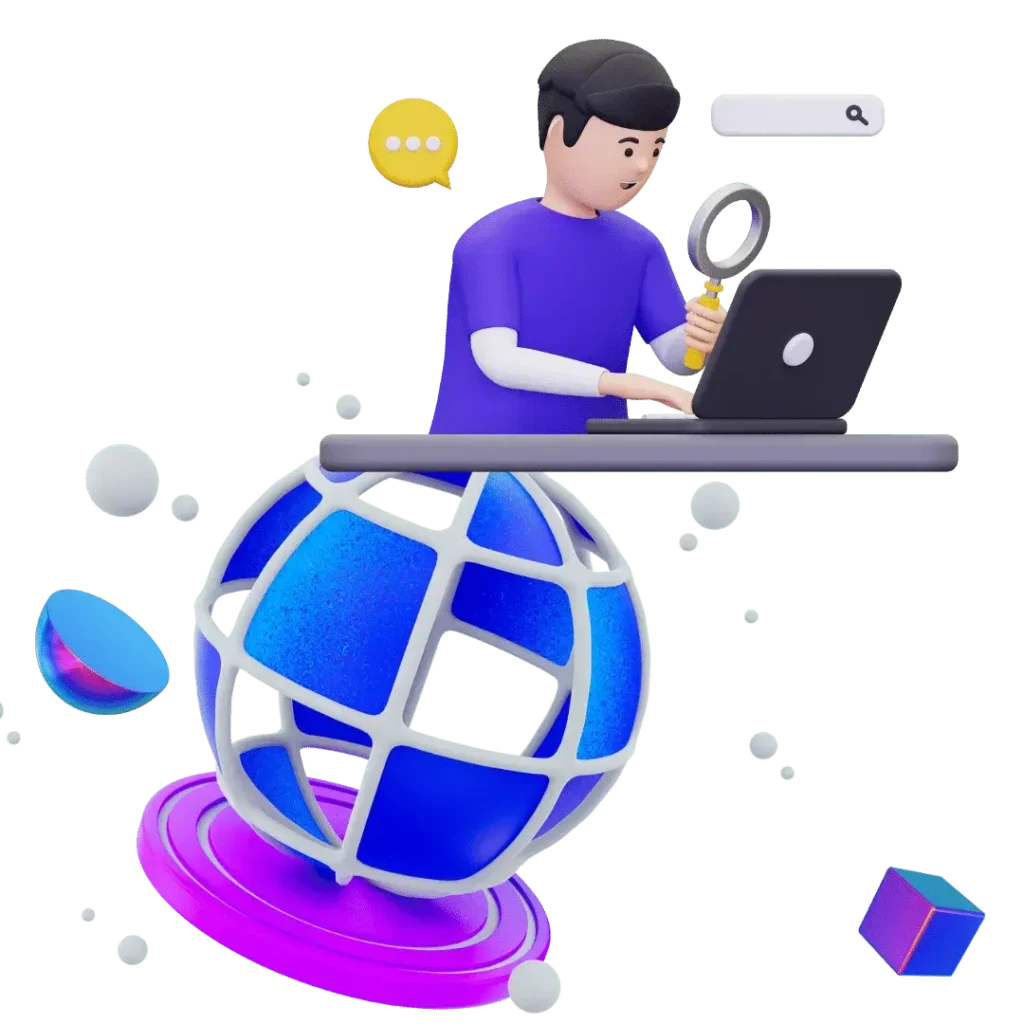

Virtual Beauty Sampling
Today: Sampling beauty products typically involves receiving physical samples, which can be costly and generate waste.
Future: Virtual beauty sampling will offer eco-friendly alternatives, allowing users to try products digitally through immersive experiences. This reduces environmental impact while providing a realistic preview of product performance and appearance.
Conclusion
The future internet will transform beauty websites from today’s static and impersonal experiences to future dynamic, personalized, and immersive interactions. With technologies like AR, AI, and blockchain, beauty sites will offer real-time virtual try-ons, customized regimens, and authentic products. Embracing metaverse domains, these platforms will also enhance accessibility, sustainability, and inclusivity. Get ready to explore a new era of beauty where technology and self-expression seamlessly merge.

